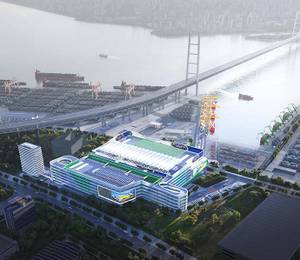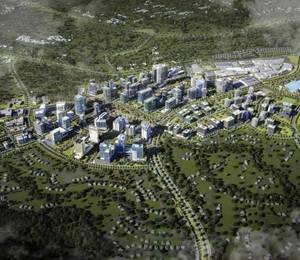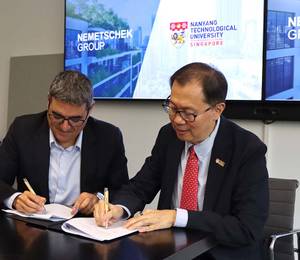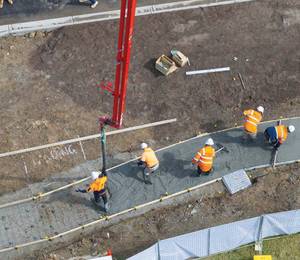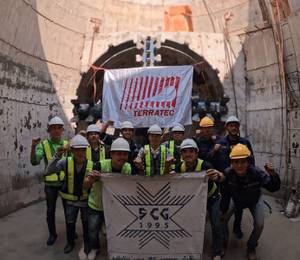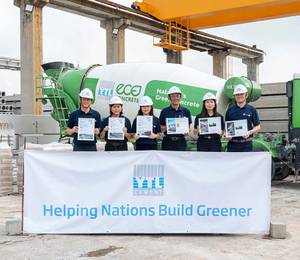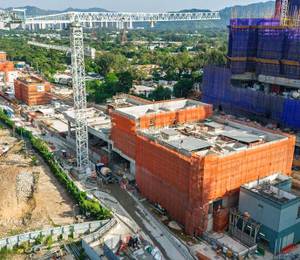A highlight of the recent GII Summit 2017 in Singapore was the presentation by Liew Mun Leong, chairman of Surbana Jurong and Changi Airport Group, on the importance of China’s Belt and Road Initiative (BRI).
As the Trans-Pacific Partnership (TPP) is unlikely to come into force, “we are now left with only one stimulus to serve as the engine of global economic growth, that is BRI,” said Mr Liew. “The initiative represents a global economic plan to create regional connectivity through infrastructure and promote world trade and economic growth.”
BRI is arguably the most ambitious plan of the century - in terms of its size, economy and geographical spread - which aims to connect 65 countries covering about 65 percent of the world’s population and one third of global GDP, explained Mr Liew. “The scale of BRI is likened to the US Marshall Plan, except it is 12 times larger.”
Although some have doubts whether China can deliver the plan, Mr Liew said that China’s significant improvements throughout 35 years are a testament to the country’s ability, and is currently the world’s second largest economy.
“Over the past decades, China has convincingly demonstrated its capability to deliver large-scale projects successfully, such as the Shanghai Pudong District, Three Gorges Dam, Beijing-Shanghai High Speed Railway, HK-Zhuhai-Macao Bridge and Beijing Capital Airport, to name a few.
“I have seen too many of China’s dreams and works and how they have become a reality in an incredibly short time, and therefore learned not to underestimate China.”
Mr Liew continued, “It may be that BRI will increase China’s dominance and influence. Any country that invests or trades heavily with another country is bound to have some degree of political or even cultural impact on the host country. It’s inevitable. Think of McDonald.
“Whether it is positive or negative it is subjective and different countries will have different geopolitical observations.”
Mr Liew believes that the potential benefits (direct or indirect) for other BRI host countries “will likely outweigh any concern of China’s global dominance.
“The implementation of BRI itself has the potential to create growth, demand and jobs and therefore helps to dampen protectionist sentiments. For developing countries, growth is even more crucial.”
Mr Liew further stressed that, from an economic point of view, BRI will bring benefits to all parties – including China, developing countries as well as developed countries. “Big players in the construction industry will have huge opportunities in BRI projects.
“So in my view, non-participation or non-engagement in BRI is not an option. Having a plan or vision is better than having no plan.”
About GII Summit
The fourth Global Infrastructure Initiative (GII) Summit took place from 24 to 26 May 2017 at the Capella Singapore, marking the first time the event was held in Asia since it started in 2012. Previous summits include Istanbul, Turkey in 2012; Rio de Janeiro, Brazil in 2014; and San Francisco, USA in 2015.
Organised by McKinsey & Company, the GII Summit is an invite-only event for CEO- and Ministerial-level leaders to explore new solutions for global infrastructure, inspired by innovative approaches globally. This year, participants reportedly came from over 35 countries, representing 15 of the G20 countries. Collectively, the participating countries are said to represent US$63 trillion in GDP – about 85 percent of global GDP.
Related article:
3D printing: Game changer for construction industry
